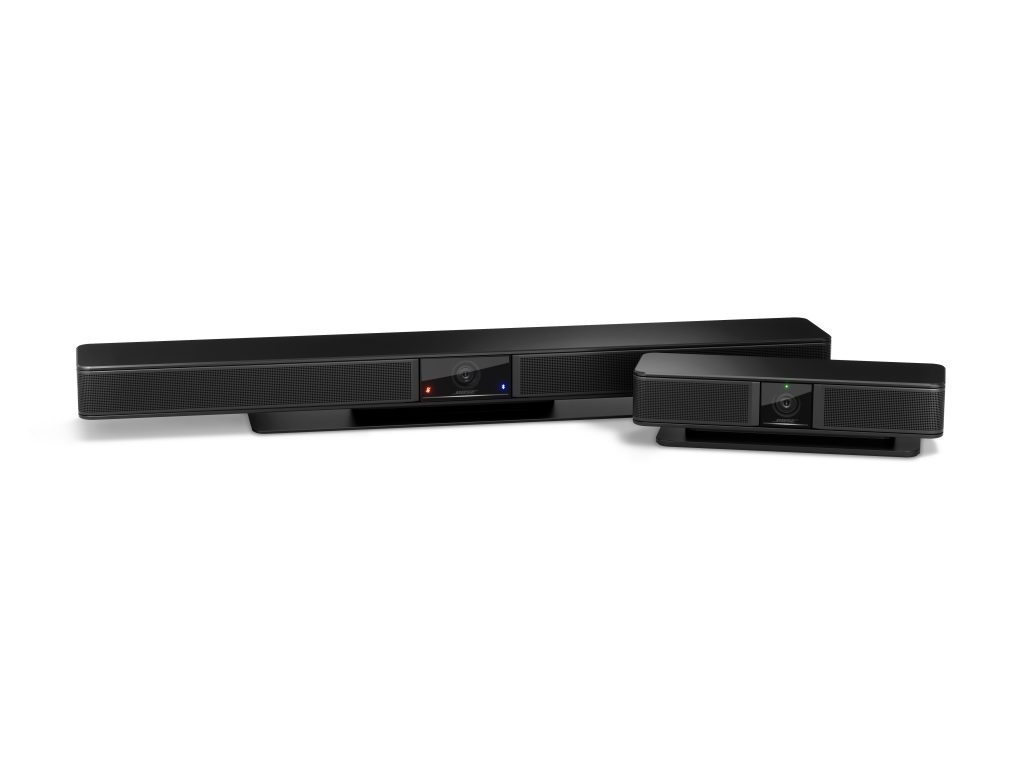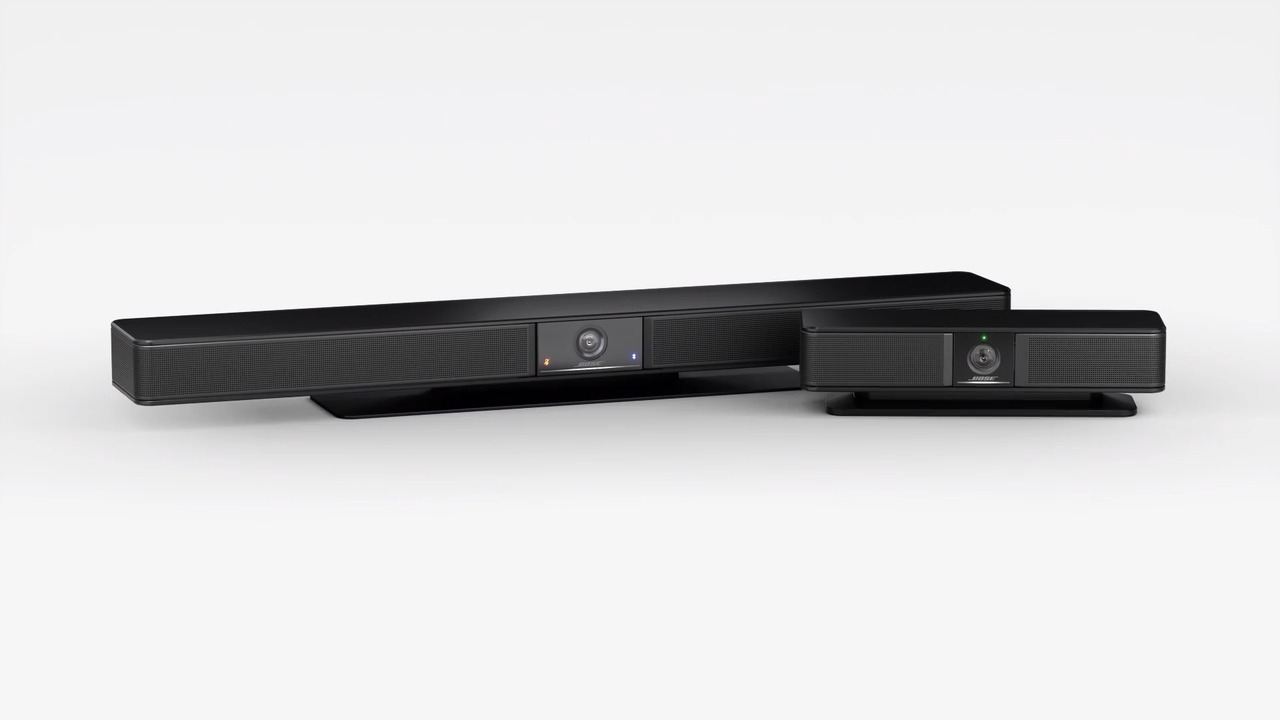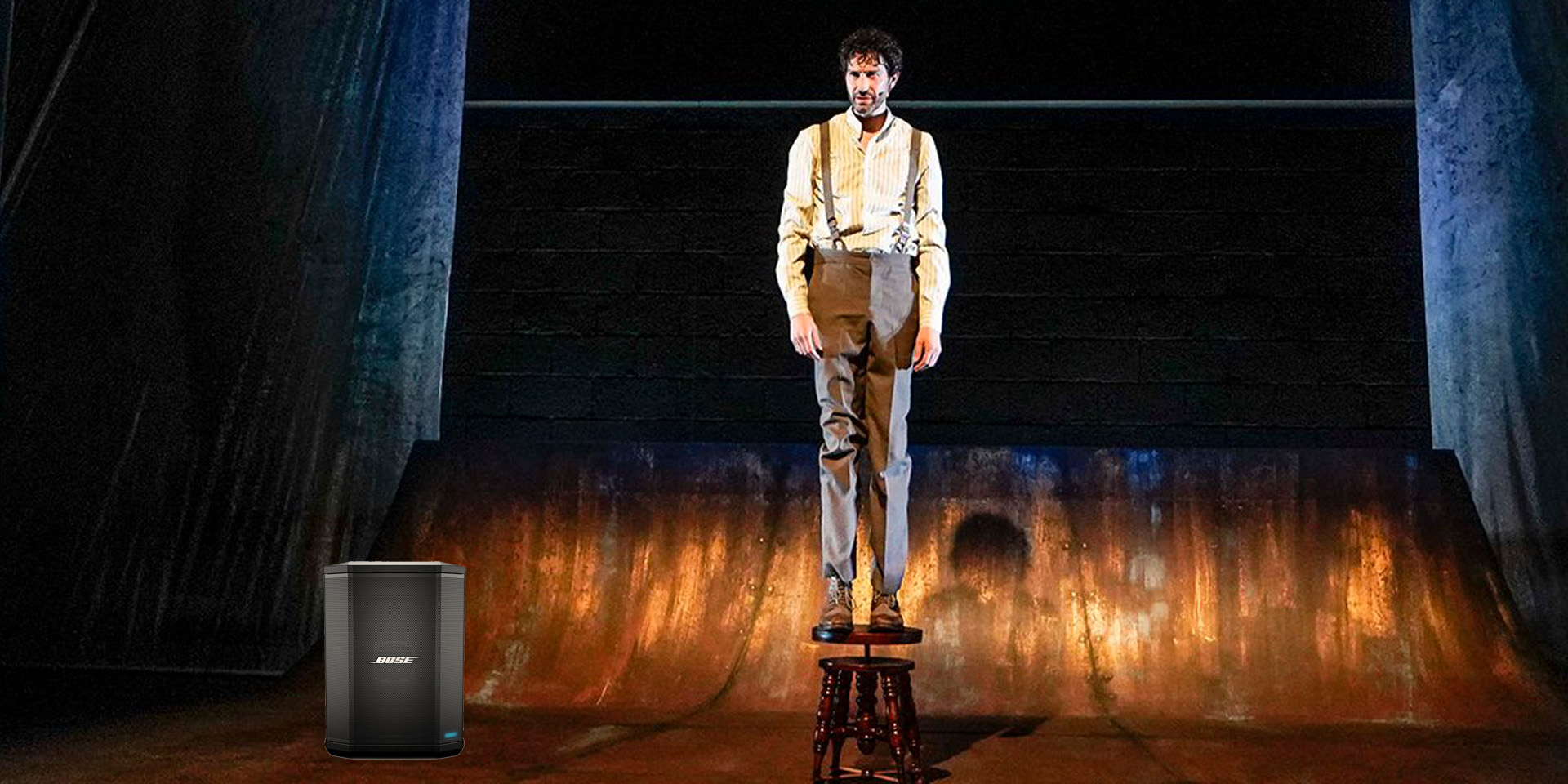
Meeting Room Acoustics: A Combination of Physics and Technology
Meeting Room Acoustics, With the rise of hybrid business environments, meeting spaces require video conferencing capabilities that allow in-room and remote participants to collaborate together seamlessly. However, the two most common pain points are audio related: poor microphone pickup for remote participants and poor loudspeaker-quality for in-room participants to properly hear remote participants. This highlights the importance of speech intelligibility and the need for a basic understanding of acoustical principles to make meetings successful.
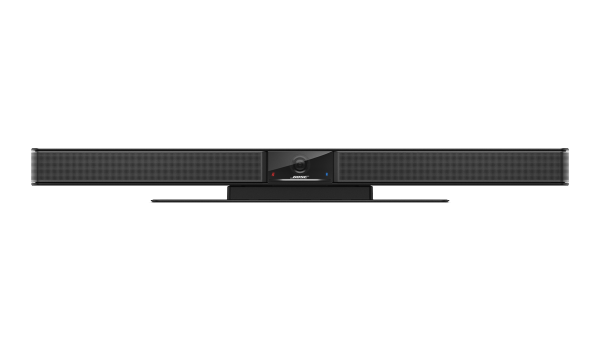
One key acoustical principle is critical distance, which refers to the distance between the person talking and the point in the room where room reflections interfere with their direct voice. In spaces with hard surfaces, the critical distance usually begins halfway into the room and extends beyond, reducing listening comprehension, especially for remote participants getting their audio from a microphone in the room.
Another issue is room reflections, which are caused by the fundamental structural elements of any room, including walls, floor, and ceiling. Large conference spaces with drywall ceilings, glass walls, and concrete floors exacerbate the issue. Reflections can mingle to form reverberations (“reverb” for short), and when reflective surfaces are at different angles in the same space, they cause variations in the reverb time depending on the direction of the sound source.
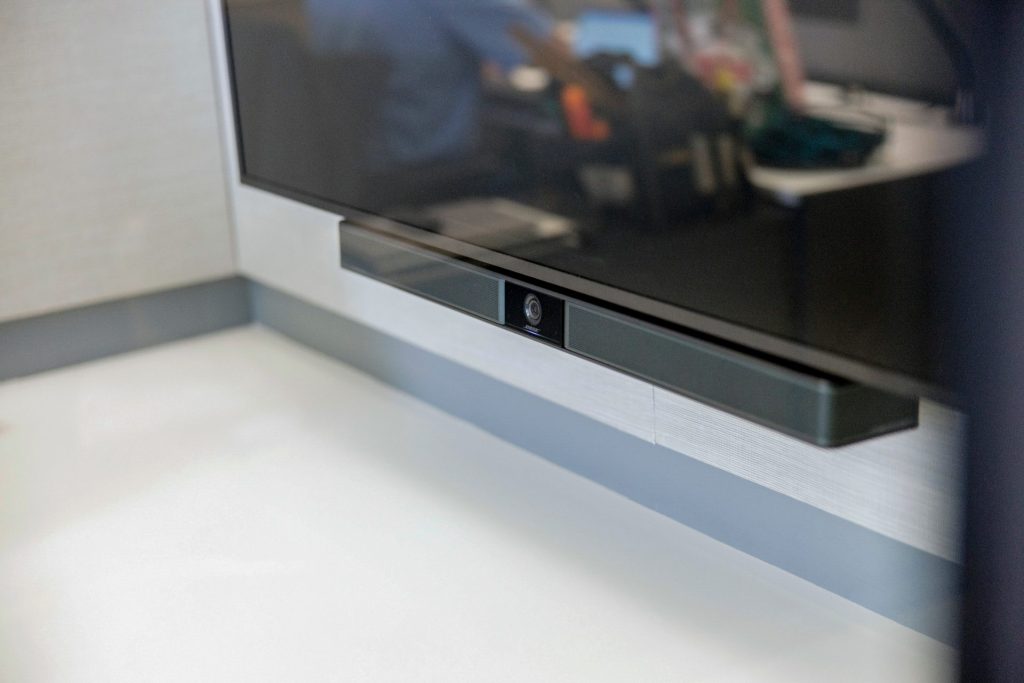
To combat these issues, it’s best to keep in-room participants within a total of 10 feet and use a microphone with directivity for in-room audio pickup to remote participants. Devices like the Bose Videobar VB1 have beam-forming microphone arrays that track people talking in the room and remove echoes coming from reflections even up to a distance of 20 feet. For meeting spaces with high ceilings or deeper than 16 feet or 5 meters, absorption material like carpeting, drapes, curtains, or acoustical panels should be used.
Diffusion is a technique that can be useful in certain circumstances, breaking up sonic energy as opposed to soaking it up, and keeping the volume level of speech and other presentation elements at a sufficient level without adding more electro-acoustical volume. Diffusors come in various shapes, with small squares arranged in a pattern on a panel, rounded or cylindrical columns, and panels being the most common.
Active solutions, such as Bose Professional’s EdgeMax EM180 loudspeaker, are also available. Its waveguide manages the directional propagation of sound energy, keeping that energy off of reflective surfaces such as walls or windows and can lessen the need for passive acoustics treatments like absorption panels. Similarly, Bose Videobar VB1 utilizes beam-forming microphone arrays that track people talking in the room and remove echoes coming from reflections.
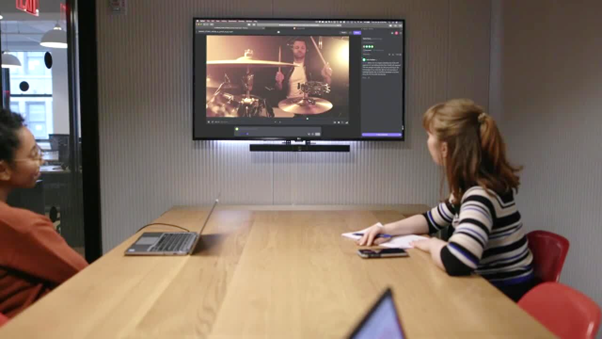
Overall, acoustics principles are crucial in making meetings successful in hybrid business environments. Understanding critical distance, reflections, absorption, and diffusion, and implementing the appropriate solutions can greatly enhance speech intelligibility, making meetings more productive and engaging for all participants, regardless of their location.
Bose Videobars
Link: Check out our range of video conferencing solutions, including the Bose Videobar VB-1 and Bose Videobar VB-S. https://proaudio.upsprocurement.com/product-category/all-products/conferencing/videobars/
